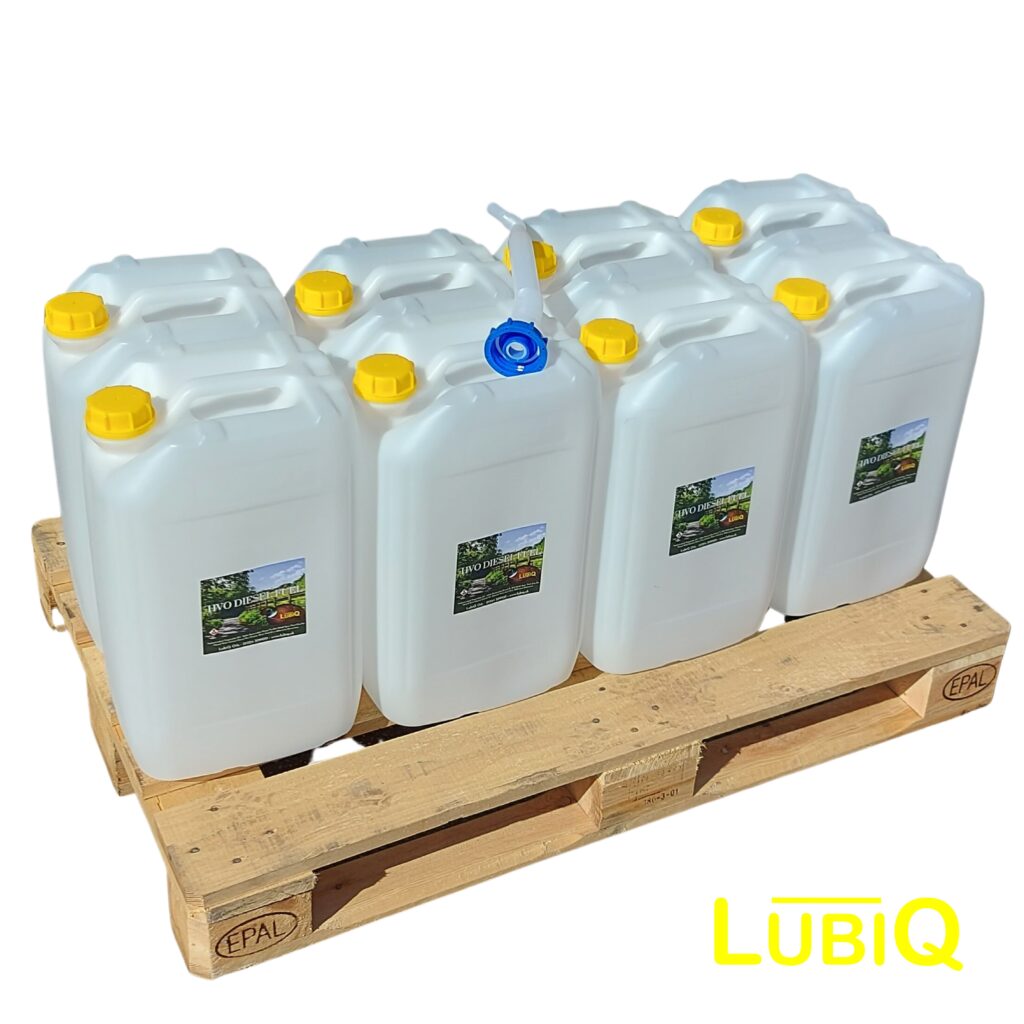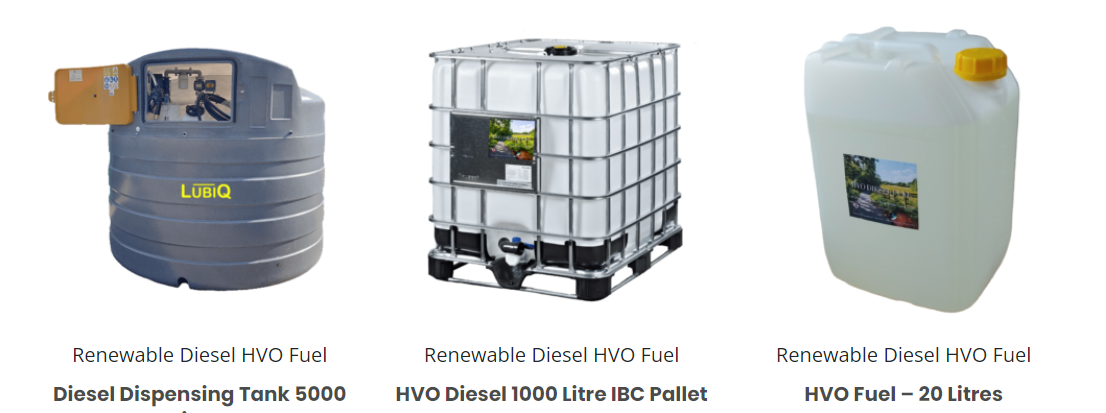What does the term HVO mean?
It means hydrotreated vegetable oil.
What is HVO fuel?
It is a paraffinic fossil-free diesel fuel and direct drop-in alternative to fossil white diesel.
Are its characteristics similar?
HVO is more like a kerosene or paraffin and has much less smell than white diesel partly because it has very little sulphur.
Is HVO green?
Yes, being produced from 100% waste cooking oils and fats it is very eco-friendly.

What fuel quality grade is HVO in the UK?
It conforms to EN 15940 standard.
Is HVO made in the UK?
Increasingly yes, it is, having started off in Finland, Holland, USA, and France.
Is it available at the pump?
In the UK hardly at all, in the above countries and Scandinavia yes.
Can you mix HVO with standard white DERV B7?
Yes, no problem, emitts much less soot and NOx emissions also.

Does it reduce net green house gas emissions?
Yes, hugely, up to 90% in fact, it is a real low emissions diesel fuel.
Do vehicles use less AdBlue?
Yes, around 20% less.
Does it grow algae or cloud in cold weather?
No, it is useable down to -20 C, HVO fuel is used a lot in Nordic states.

How long can you store HVO fuel for?
For up to 10 years. It will nor block fuel filters as spoken of here on GAP Group plant hire website.
What Are The Differences Between FAME Biodiesel And HVO?
They both use similar waste feedstocks but HVO is cracked and reacted with hydrogen which produces a superior stability and consistency which does not have oxygen in it and thus will not grow algae in the tank as fatty acid methyl esther (FAME) biodiesel tends to.
In general it is not advisable to mix FAME product with normal diesel at higher than 10% (you’ll notice the term B7 on the pump handle, that means ‘biodiesel 7%’).
Find out more about FAME bidiesel in this ‘Lubrication Explained’ video below:




















